What if the key to understanding humanity’s greatest mysteries wasn’t buried under layers of dirt but hidden within layers of data? The ruins of ancient civilizations like Mesopotamia’s El Mirador or the fabled Doggerland beneath the North Sea are more than just stories—they represent the fragmented narrative of human history. While archaeology has made impressive strides in piecing together the past, there’s a lingering question: could we unlock even more with the power of artificial intelligence? What if AI could analyze forgotten scripts, abandoned cities, and even the DNA of ancient populations to reconstruct the lives of those who came before us, in ways we never thought possible?
In recent years, this question has captured the imaginations of innovators like Dr. Sarah Parcak, often dubbed a “space archaeologist” for her groundbreaking work in using satellite imagery to locate ancient sites. Others like Dr. Stephen Shennan, a leader in cultural evolution studies, and Yuval Noah Harari, author of the global bestseller "Sapiens", have explored the dynamic interplay between technology and human history. Borrowing from their collective wisdom, let us delve into how artificial intelligence stands poised to revolutionize the way we understand and unearth the past. Prepare for discoveries that erase the line between archaeology and science fiction while keeping one foot grounded in data-driven reality.
Before diving deep, here’s an illuminating insight: AI isn't just a tool in this realm; it's becoming a digital anthropologist, capable of working tirelessly to illuminate the shadows left by time. This is history, reimagined and rediscovered.
1. The Scale of What We've Lost
1.1 Civilizations Erased by Time
Humanity’s past is a riddled and incomplete mosaic, where countless pieces are missing. Some civilizations, like the Indus Valley culture, left behind vast accomplishments but no decipherable texts. Others, including the Mayan city of El Mirador, were abandoned and swallowed by nature so thoroughly that entire forests now mask their presence. Doggerland, a prehistoric landmass submerged off Europe’s coast, is another story erased as sea levels rose. Each is an unsolved puzzle waiting for its final piece.
Within the whispers of stone walls and shattered clay pots, archaeology has tried to assemble coherent narratives. Techniques like radiocarbon dating and stratigraphic analysis have helped, but these traditional methods often brush against hard limits. Oceanic ruins like the Yonaguni Monument in Japan attract both debate and dreams, while others vanish completely. This loss is compounded by wars, looting, and urbanization, with layers of history paved over by modern cities.
Even in cases where survival chances are high, lack of funding and logistical challenges constrain exploration. Sites like Göbekli Tepe, a complex predating Stonehenge by millennia, have barely been scratched. Could there be similar marvels lying silent just beneath our feet?
1.2 The Problem of Invisible Data
The absence of evidence isn’t evidence of absence… or so the saying goes. But what about data that exists but can’t yet be identified? Satellite imagery, for instance, captures the Earth in extraordinary detail, but many anomalies remain unnoticed because human eyes can’t process it all. Enter artificial intelligence, which excels at pattern recognition and data correlation on a massive scale. For example, think of it as finding a needle in a digital haystack where each pixel might hint at a buried city.
Then there’s the "invisible data" closer to home. DNA-recorded migrations tell us how populations moved, blended, and adapted over millennia. However, analyzing this data requires parsing terabytes of information, networked through time and geography. AI’s computational power can churn through this labyrinth, finding connections hidden within the multidimensional web of genetics, linguistics, and material remains.
Take the ancient nomads for instance—people whose lives were written in the wind rather than stone. Their lack of permanent monuments means modern researchers often dismiss their cultural influence. But AI-driven language evolution studies, which trace how dialects spread and changed, could recenter these groups in our historical narrative.
And perhaps the most tantalizing question of all: Could there be entire civilizations so small or short-lived they’ve left no obvious trace at all? With AI tools trained on incomplete datasets, the door to rediscovery opens wider, making the invisible—visible.
2. The Tools of the AI Anthropologist
2.1 Generative AI: Decoding and Reimagining Lost Cultures
Imagine holding fragments of a puzzle with no picture on the box to guide you. That’s often what studying ancient cultures feels like—piece after piece, with no guarantee you’ll ever see the full story. Enter generative AI, the digital tool that’s flipping the script in archaeology. Generative AI systems, like the GPT models from OpenAI, specialize in filling gaps based on patterns and probabilities. With access to vast datasets of linguistic and cultural records, these tools can make educated guesses about missing information.
Take the mysterious Indus Valley Civilization, for instance. For over a century, their writing, known as the Indus script, has left scholars stumped. But now, researchers are using AI to analyze existing texts and identify recurring patterns that might indicate sounds, words, or even grammatical structures. By cross-referencing these findings with known scripts, scientists hope generative AI will unlock this long-lost language and offer insights into one of history’s grand mysteries.
But it doesn’t stop at writing. Generative AI tools can construct virtual models of ancient architecture, bringing forgotten cities to life. For instance, AI-powered 3D software has been deployed to reimagine lost cities like El Mirador, one of the largest pre-Columbian Maya cities. Processing layers of topographical data gathered through methods like LiDAR scanning, AI recreates these cities digitally, offering vivid insights into how our ancestors lived, traded, and thrived.
2.2 Genetic Data: From Bones to Lineages
If generative AI is the storyteller, genetic AI is an unmatched detective. A single human bone can carry an astonishing amount of information—ancestry, migration patterns, and even dietary habits. But making sense of that data requires processing immense genetic snippets, which AI is uniquely equipped to handle. Through rapid decoding of genetic sequences, AI paints a picture of entire populations, stitching together the threads of human migration and evolution.
Take the historical movements of the Polynesians as a prime example. Their legendary voyages across the Pacific Ocean were once thought to be purely speculative. However, with the help of AI analyzing mitochondrial DNA sequences and genetic drift, scientists have traced how this seafaring people came to populate vast island chains, reshaping our understanding of maritime history. Similar analyses have helped trace Ice Age migrations, revealing how climate events drove people into previously unknown lands.
In groundbreaking work like that done by the Max Planck Institute for the Science of Human History, AI is accelerating genomes’ analysis to uncover human lineages. These projects unlock insights not only into ancient individuals but also mass migrations and how civilizations interacted or even intermarried. This fusion of archaeology and genetics expands our knowledge of the people behind the ruins, creating an intricate map of cultural evolution.
Some teams are even working to digitize analysis for underfunded excavation projects. By applying AI tools to orphaned or unstudied remains, they’re shining a light on remote and long-neglected sites, helping archaeology go beyond its traditional focus on historically dominant cultures. Imagine how radically this could shift the narrative of global human history.
3. AI-Assisted Archaeology: Piecing Together Fragments
3.1 Pattern Recognition in Historical Data
One thing AI excels at is finding patterns—things humans might miss entirely. When archaeologists study settlement patterns or artifact distributions, it can take years to spot trends that AI can identify in minutes. Thanks to machine learning models, researchers can scan everything from ancient trade routes to burial locations, connecting dots across time and geography.
Consider the Fertile Crescent, often called the “cradle of civilization.” By examining ecological and settlement data, AI has been used to predict the locations of yet-to-be-discovered ancient towns that fit the patterns of known ones. The Earth Archive Project, for example, deploys sophisticated AI systems to scan satellite imagery and LiDAR data, hunting for hidden anomalies in the earth’s surface—subtle hints of possible ruins.
Satellite imagery, in particular, is becoming a goldmine for AI in archaeology. Companies such as Google’s DeepMind have teamed up with archaeologists to identify long-lost settlements in areas like the Middle East. Drones and satellites equipped with infrared imaging now collect terabytes of data, which undergo AI analysis to highlight formations invisible to the naked eye. Ancient walls buried under sand or forest floors hiding entire towns are being mapped with unprecedented precision.
3.2 AI Collaborations with Experts
AI isn’t here to put archaeologists out of a job—far from it. Instead, it works as a collaborator, bringing machine efficiency to human creativity and intuition. Collaborations between AI firms and academic institutions are already reshaping the field of archaeology. Projects at MIT and universities worldwide train algorithms to analyze how ancient societies interacted with their environments. Think rivers, mountains, and climate shifts; AI dives into these factors to determine why, for example, so many ancient cities formed near flood plains.
Another example comes from the use of AI to model historical relationships between humans and their surroundings. At the Bournemouth University, researchers combine soil analysis with AI to uncover agricultural practices at Stone Age sites. By analyzing nutrient patterns in long-abandoned farmlands, AI sheds light on ancient agricultural innovations and controls.
Such partnerships extend even further. AI tools assist archaeologists in reconstructing networks of daily life—where trade paths connected, how villages interacted, and what economic models looked like. For instance, models of Anatolian obsidian trade networks reveal how raw materials traveled vast distances, underpinning ancient economic systems. These insights help archaeologists write dynamic and human-centered histories that connect events on both macro and micro levels.
Ultimately, it’s not just about discovering artifacts or mapping cities, but reconstructing the culture, economy, and even the personalities of the people who lived there. That’s the transformative potential AI brings to archaeology, turning the study of ancient history into an interactive, adaptive journey.
4. Rediscovering Human Culture Through Data Fusion
4.1 Integrating Multimodal Data Sources
Imagine ancient history as a jigsaw puzzle, with millions of scattered pieces spread across time and continents. Some of these fragments are physical, like pottery shards or bones, while others are intangible, like spoken languages or environmental shifts. The biggest challenge? These pieces are usually studied in silos. Enter artificial intelligence (AI), which acts like a master puzzler, integrating multimodal data to create a holistic picture of human culture.
AI excels at bringing together diverse sources. Let's explore an example: researchers studying ancient diets often look separately at items like soil composition, bioarchaeological remains, and even art that depicts food. AI, however, takes these inputs, cross-references them, and generates actionable insights. This approach shifts the narrative—from guessing how people might have lived to building evidence-based reconstructions.
Take the reconstruction of dietary habits in the ancient Mediterranean as an example:
| Data Input | AI Analysis | Revealed Insight |
|---|---|---|
| Soil samples from archaeological sites | Detection of ancient crop pollen | Main crops included barley and olives |
| Human remains (teeth) | Isotopic analysis | Diets were rich in seafood |
| Trade records and tools | Cross-referenced commodity distribution | Extensive regional trade of wine and olive oil |
AI doesn’t just collect data—it builds a narrative. For instance, layered data reveals that societies didn’t just eat to survive; their diets also reflected cultural identities. The cross-referencing of genetic markers and trade routes can even show how specific grains or spices influenced migration patterns and trade advancements.
4.2 Reconstructing Daily Lives
But what about the human side, the daily lives of individuals or groups that history books don’t always cover? AI can bridge this gap, too. Consider how socioeconomic behaviors within ancient civilizations might be reconstructed. By analyzing data such as tax records, environmental shifts, and material remains, AI can simulate ancient economies in astonishing detail.
For example, researchers recently used AI models to understand the trade network in Bronze Age Anatolia, an ancient region in modern-day Turkey. By analyzing obsidian (a volcanic glass widely traded at the time), machine learning unlocked patterns of supply chain management that had never been noticed before. These findings not only showcased trade routes but also revealed the hierarchies between producers and distributors.
Similarly, AI simulations can delve into more personal aspects of life:
- How people worshipped: Algorithms can analyze ancient temples' layouts, iconography, and placement to reveal spiritual hierarchies.
- Social structures: Excavating housing designs and urban layouts can help machine models map out class divisions and family dynamics.
- Art and expression: AI tools can identify evolving artistic styles across centuries, offering insight into cultural influences and societal values.
Think of AI as a time machine—not one that physically takes us back in time, but one that reimagines lost pasts with stunning accuracy. By tackling everything from major trade routes to intimate spiritual practices, AI ensures human history is not just studied but brought vividly to life.
5. Challenges, Ethics, and Concerns in AI Archaeology
5.1 Bias in Algorithms
As promising as AI is, it’s not perfect—especially when it comes to bias. By its nature, AI relies on input data. This means the quality, diversity, and accuracy of the data it processes define its outcomes. Unfortunately, historical records are often skewed by the same forces that shaped history—colonialism, cultural erasure, and dominant narratives. AI can inadvertently perpetuate these biases.
Consider an example: if AI models are trained mostly on European archaeological data, their predictions and reconstructions will naturally reflect a Eurocentric bias. Indigenous and marginalized narratives risk being underrepresented or even erased, further compounding centuries of neglect. Cases like the interpretation of the Rosetta Stone, for example, show how Western frameworks have long overshadowed local perspectives in archaeology.
Another issue involves probability-based models. AI works by generating the most statistically probable solution, but history is full of outliers. For instance, a model analyzing Mesopotamian trade might miss rare but significant exchanges, such as culturally unique diplomatic gifts. AI’s logic isn’t always human logic—and that gap can create not just errors but significant misinterpretations.
The good news? Bias doesn’t have to be a disastrous flaw.
- Diverse Data Sets: Researchers can democratize access to underrepresented data sets, such as artifacts from Indigenous sites.
- Human Oversight: Archaeologists act as collaborators, not spectators, verifying and refining AI’s conclusions.
- Transparent Algorithms: Programs should log their reasoning, ensuring biases can be flagged and addressed.
5.2 Ownership and Accessibility
Another ethical gray area? Ownership of discoveries. When AI digitally reconstructs a site or artifact, who holds the rights to these new creations? These issues can erupt into real-world disputes. For example, the controversy around the Elgin Marbles centers on questions of heritage and rightful ownership. Add AI’s ability to reconstruct full-scale replicas of such artifacts, and the lines blur even further.
Moreover, cultural stakeholders—particularly Indigenous communities—deserve a place at the table. Digital reconstructions may impress audiences, but they often sideline the people whose history is being interpreted. For example, when AI “reconstructed” segments of Maya glyphs, the input data often ignored contextual insights shared by modern Mayan descendants. This type of oversight risks alienating the very communities the technology should empower.
To navigate these sensitive territories, researchers and developers should adhere to clear principles:
- Co-Creation: Work with local communities to ensure findings are collaboratively interpreted and represented.
- Open Access: Establish databases and platforms where AI-generated insights are freely available for public and academic use.
- Ethical Governance: Partner with cultural heritage organizations like UNESCO to define frameworks for ownership, use, and accessibility.
At its heart, archaeology is about honoring humanity’s collective heritage. If AI disrupts this balance, it risks becoming a tool for exploitation rather than discovery. By pairing innovation with mindfulness, however, we can ensure AI strengthens—not weakens—our commitment to history.
6. AI Solutions: How Would AI Tackle This Issue?
Artificial intelligence has already etched its name in history as a revolutionary tool, but applying it explicitly to archaeology could create a seismic shift in how we uncover and study our shared human past. Here's a detailed step-by-step application process that outlines how AI could be strategically implemented to tackle the gaps and challenges in this field, making what seems impossible today a reality tomorrow.
6.1 Multimodal Neural Networks Specifically Trained for Fragmented Data
The sheer diversity of archaeological data—ranging from genetic sequences to fragmented artifacts—demands the use of multimodal neural networks. These are AI architectures capable of integrating multiple data sources into a single, cohesive analytical framework. For example, combining geospatial imagery, linguistic data from ancient scripts, and carbon dating results provides a high-dimensional dataset that humans might struggle to process. AI, however, can synthesize and model scenarios, predicting insights like human migration paths or settlement patterns.
Imagine a system where ancient skeleton remains uncovered in Spain's Atapuerca caves connect with linguistic traces from Asia or Africa. AI could automatically identify correlations invisible to traditional methods. This isn't just about gathering data—it's about finding relationships that redefine what we know about ancient narrative arcs.
6.2 Predictive Models for Site Discovery
AI’s predictive powers are arguably one of its most practical tools. Using terabytes of regional datasets—like topographical maps, subsurface surveys, and even folklore—AI can create predictive geospatial models to identify high-probability zones for archaeological digs. For instance, satellite imagery processed by deep learning has already helped detect hidden structures such as Mayan ruins beneath dense jungle canopies.
Other applications: AI could be tasked with mapping potential underwater archaeology sites, such as exploring ancient coastlines submerged after the last Ice Age. One example includes Doggerland, the ‘Atlantis’ of Europe, whose relics might still sleep beneath the North Sea.
6.3 Reconstructing Dead Languages and Forgotten Cultures
Decoding forgotten languages like the Indus Valley script or recreating Proto-Indo-European spoken forms is a herculean task for linguists. But through Bayesian modeling and vast linguistic datasets, AI tools such as generative language models could make breakthroughs where humans have reached dead ends. These algorithms can simulate plausible sentence structures or reconstruct partial vocabularies, making it possible to hear—or, at least, approximate—languages that haven’t been spoken for thousands of years.
Moreover, AI can contextualize these languages within their society. For example, analyzing trade records or measuring frequencies of symbols could yield insights into societal hierarchies, economic activities, or even religious beliefs. It’s exciting to think how these reconstructions could breathe life into otherwise silent remnants of history.
6.4 Tentative Actions Schedule/Roadmap
Below is a draft roadmap for enacting an ambitious AI archaeology project, blending techniques and resources from academia, governments, and the tech world:
- Day 0: Register domain name (e.g., "ProjectAnthroAI.com") to create a publicly accessible platform with subdomains for scientists, historians, and archaeologists to collaborate.
- Day 1: Assemble a steering committee with leading experts from institutions such as MIT, Oxford, and OpenAI.
- Day 2: Hold an inaugural roundtable in Brussels to secure seed funding and discuss overall goals.
- Week 1: Aggregate, digitize, and centralize open-access archaeological datasets from databases like UNESCO.
- Week 2: Deploy predictive AI using satellite networks from SpaceX and Planet to identify potential dig sites.
- Month 1: Release a white paper, co-authored by participating researchers, outlining methodologies for applying AI to different types of data.
- Month 2: Launch pilot projects using reconstructed data sets in under-researched archaeological zones like West Africa or Southeast Asia.
- Month 3: Secure dedicated lab space for AI archaeology experimentation through partnerships with tech campuses (e.g., Google). Begin running algorithms against training models for language reconstructions.
- Year 1: Publish initial reconstructed visualizations or language iterations. Share findings through documentaries or interactive exhibits at institutions like the Smithsonian.
- Year 2: Expand predictive algorithms to underwater mapping projects while convening an international panel to debate ethical and cultural implications of digital reconstructions.
This roadmap ensures a balanced approach to innovation, collaboration, and cultural sensitivity while pushing the boundaries of what AI-enabled archaeology can achieve.
A Look to the Past, a Leap into the Future
For centuries, human history was a fragmented tapestry—torn and incomplete, with some threads irreparably lost. But as the specter of AI looms over the field of archaeology, we stand on the precipice of stitching together not only fragments but entire civilizations from the shadows of time. There's something profoundly poetic about machines helping humans recover their own lost stories. It feels like placing the final piece in a colossal jigsaw puzzle that has spanned millennia.
Yet, it's not just the facts AI promises to bring to light. It's the stories hidden behind them—the daily lives, aspirations, failures, and triumphs of ancient peoples who shaped us, even as their names vanished into oblivion. AI could be their voice, their resurrection.
Imagine children walking through hyper-realistic recreations of cities like Mohenjo-daro or Carthage not in static, faded museums but through immersive virtual experiences where history breathes. Imagine discovering how your ancestors spoke, what they worried about, the rituals that tied their lives together. This potential isn't just for scholars but for humanity as a whole.
There's a caution here, of course—history is a delicate thing, not merely a collection of facts to be mined and interpreted. We must navigate questions about ownership, representation, and ethics carefully lest we turn excavation into exploitation or innovation into erasure.
So, where do we go from here? Do we embrace this astounding possibility of weaving AI into archaeology, or do we halt, fearing where it might lead? Perhaps the better question is: What truths are we ready to uncover?
If this excites and challenges you, we invite you to join the conversation. Could AI rewrite our collective history—or will it, for the first time, begin to write it in full? Let us know your thoughts in the comments below.
And remember to subscribe to our newsletter, becoming a permanent resident of iNthacity: the "Shining City on the Web." Like, share, and participate in the debate. Your thoughts could shape the next chapter of this dialogue.
FAQ: Uncovering Lost Civilizations with AI
1. What is AI's biggest contribution to archaeology?
Artificial intelligence (AI) plays a game-changing role in archaeology by spotting patterns and connections that humans often miss. For example, AI can analyze satellite images to identify hidden ancient structures buried under meters of soil or forest. Platforms like Google Earth let archaeologists scan the terrain effortlessly, while machine learning algorithms predict where long-lost cities might be hiding. More excitingly, it can process enormous datasets—genetic information, linguistic patterns, even soil samples—to reconstruct forgotten civilizations with stunning accuracy.
2. How does AI map where to dig next?
AI uses predictive modeling to combine historical terrain data, environmental factors, and human settlement patterns. For instance, say an ancient civilization was known to settle near rivers. AI algorithms can scan maps for similar geographical features and prioritize areas for excavation. A real-world example is LiDAR technology, which uncovered entire stretches of Mayan cities hidden within Guatemala's jungles. By crunching environmental and historical data, AI identifies probable locations faster than ever thought possible.
3. Can AI help decode ancient languages?
Yes, AI is remarkably effective at piecing together ancient language puzzles. Take the Indus script, one of archaeology's most enigmatic riddles. AI tools like deep learning have been employed to analyze symbols and parallels in surviving texts. Initiatives such as Google's AI Research team are already experimenting with algorithms capable of decoding ancient writing systems by identifying statistical patterns across surviving examples.
4. Could AI’s conclusions be wrong?
Yes, AI relies on the quality of input data. If the data is flawed, biased, or incomplete, the output will have limitations too. For example, if an ancient artifact hasn’t been correctly labeled in a database, the AI may misinterpret it or generate inaccurate reconstructions. That’s why human oversight remains critical. Researchers from institutions like MIT work collaboratively with AI systems to review findings and ensure factual integrity alongside their high-tech partners.
5. Will AI eventually replace human archaeologists?
Not at all. AI is a tool—not a replacement for the human mind. Archaeologists provide the creative thinking, cultural understanding, and context that machines lack. While AI can spot patterns or reconstruct artifacts, humans are needed to interpret those findings, connect them to history, and ensure ethical standards are met. AI doesn’t “think”; it processes data efficiently based on what it’s trained to do. The future lies in partnerships, not replacements.
6. How can AI reconstruct entire civilizations?
AI pulls information from multiple data streams—genetics, artifact fragments, landscape data, and more—then uses that to make educated guesses. Let’s say a region excavates pottery fragments and traces of old trading routes. Using machine learning algorithms, AI can analyze trade goods, reconstruct likely economic relationships, and even model human behavior. A great example is large-scale simulations of Neolithic European migrations undertaken by institutions like University of Cambridge.
7. What ethical challenges does AI raise in archaeology?
This field raises tough ethical questions. For one, who owns the findings? Imagine an AI reconstructs a digital version of a sacred indigenous site. Does the data belong to the archaeologists, the tech developers, or the indigenous communities? Projects like UNESCO’s World Heritage preservation aim to balance these tensions, but it’s a continuing debate within the archaeological world.
8. Can regular people explore these AI breakthroughs?
Yes! Initiatives like Google Earth Pro allow everyday people to explore excavation predictions. Crowd-sourced platforms like Zooniverse actively invite global volunteers to tag archaeological sites using satellite data. The future of archaeology is becoming more democratized, giving everyone the chance to participate.
9. What’s the ultimate goal of AI in archaeology?
The dream is to piece together a complete picture of human history so that no culture or civilization is forgotten. From lost cities like El Mirador to mysterious scripts and languages, the goal is nothing less than preserving and understanding the vast story of humanity. And with projects like AI-powered digital museums, these findings will eventually become accessible to everyone on the planet.
10. How long will it take for AI to uncover new major civilizations?
The pace is accelerating. Machines have already contributed significant discoveries in the past decade, and with advancements in quantum computing just around the corner, breakthroughs may come faster than expected. Experts like those at the Smithsonian Institution predict dramatic progress within the next 10–20 years, unearthing civilizations we never knew existed.
Wait! There's more...check out our gripping short story that continues the journey: The Algorithm of Forgotten Worlds
Disclaimer: This article may contain affiliate links. If you click on these links and make a purchase, we may receive a commission at no additional cost to you. Our recommendations and reviews are always independent and objective, aiming to provide you with the best information and resources.
Get Exclusive Stories, Photos, Art & Offers - Subscribe Today!

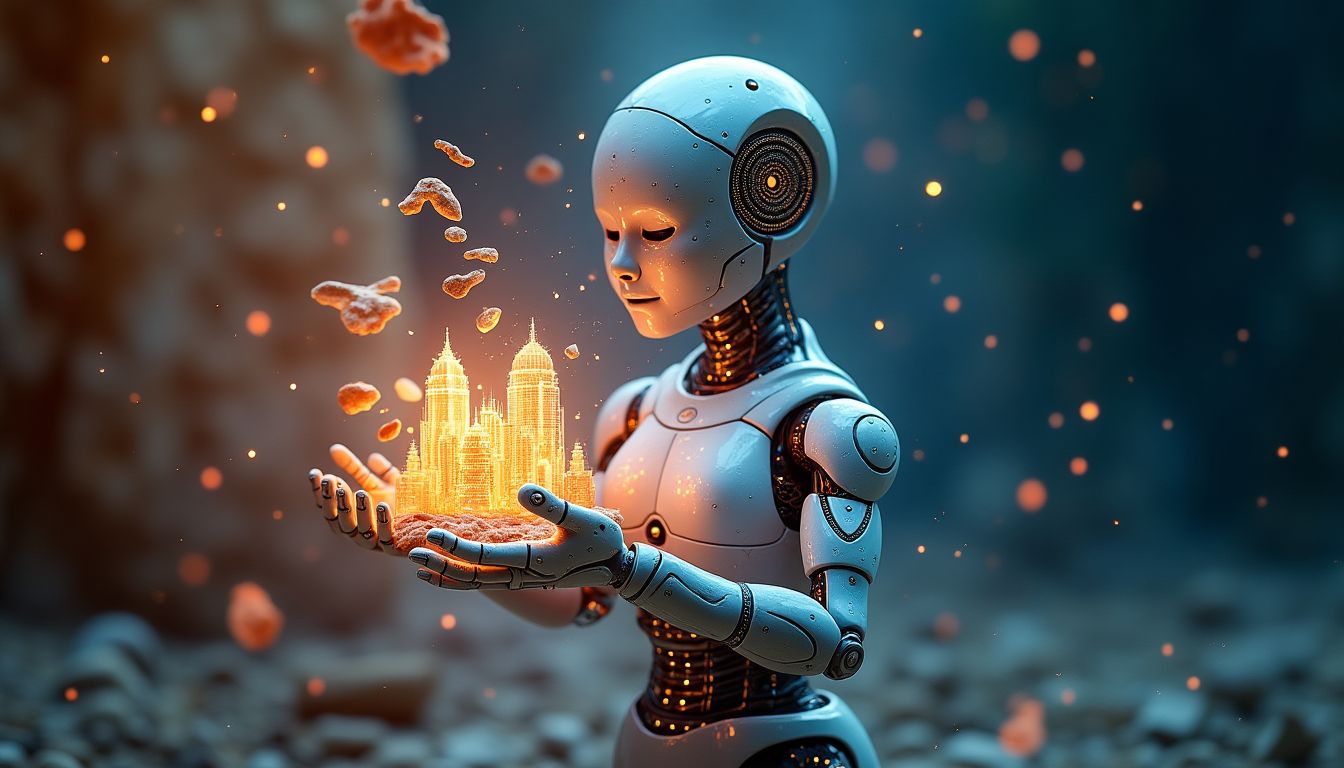
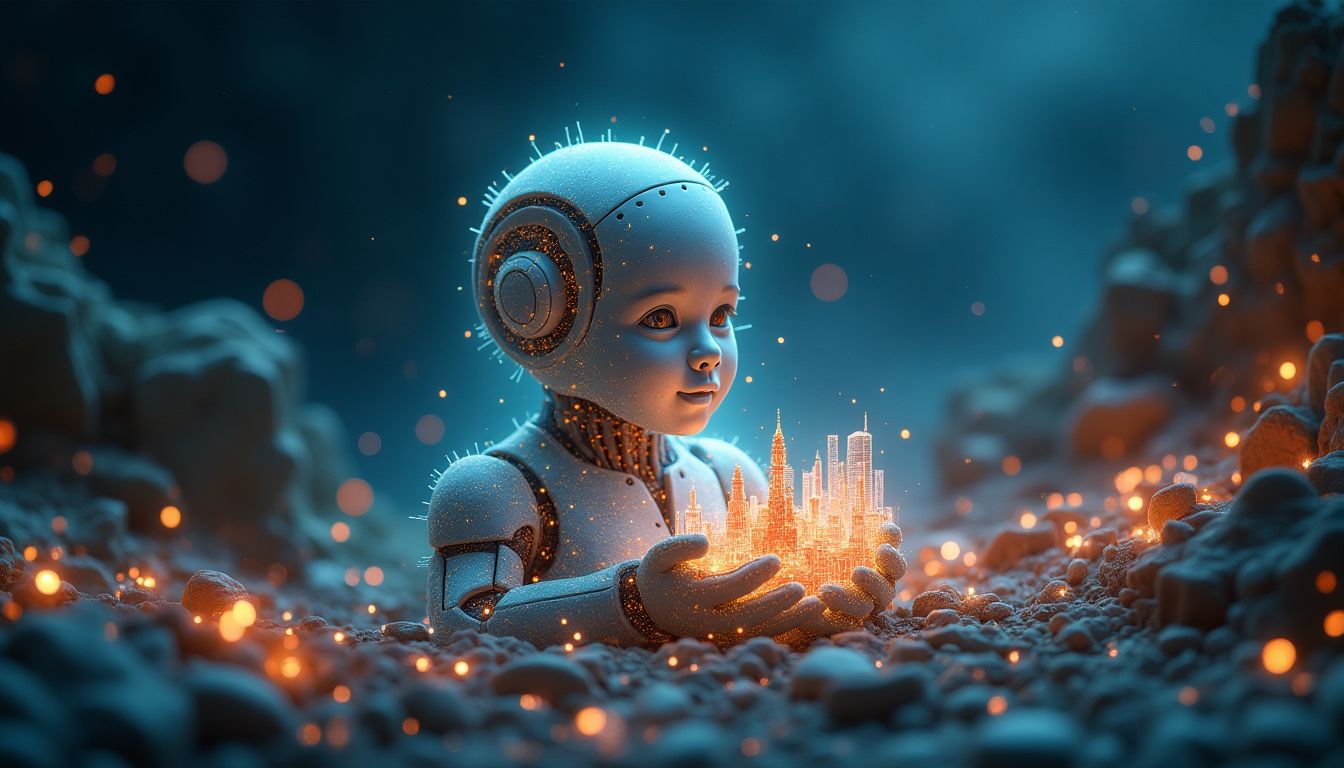
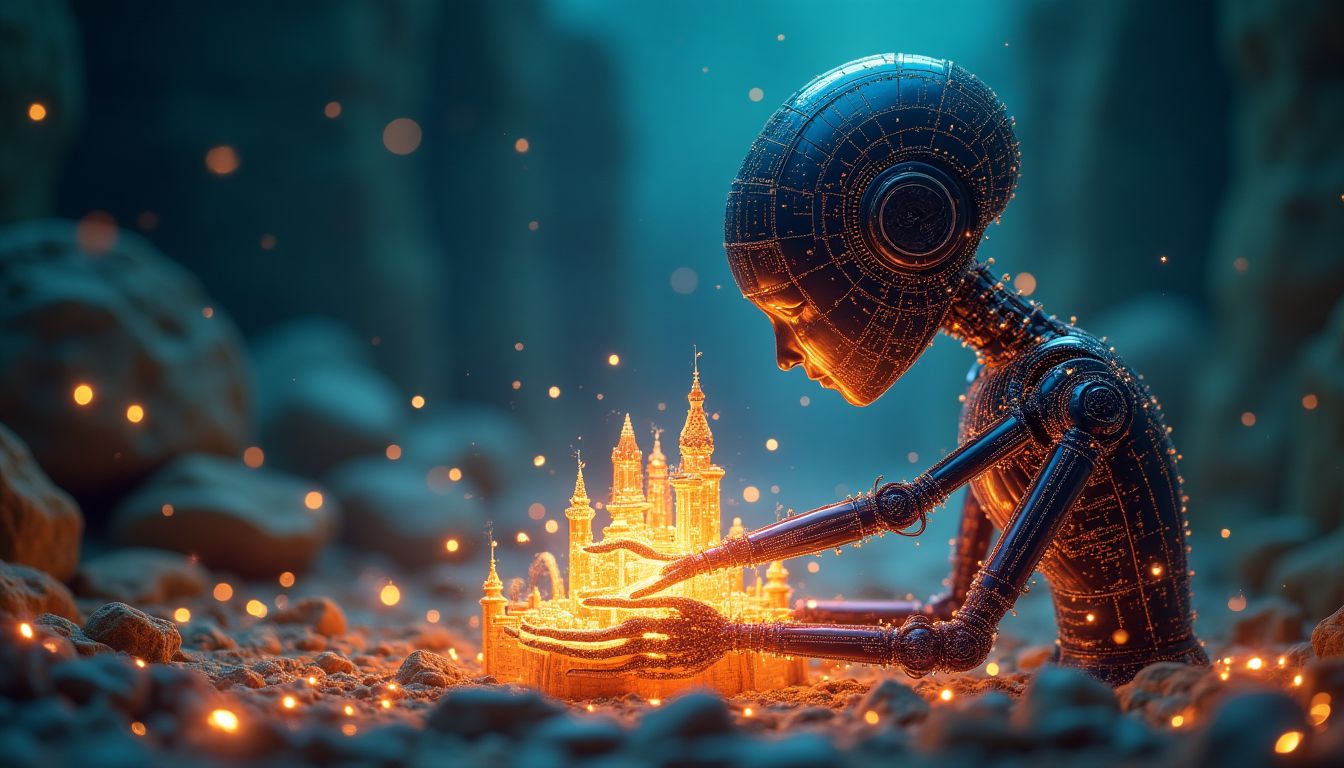
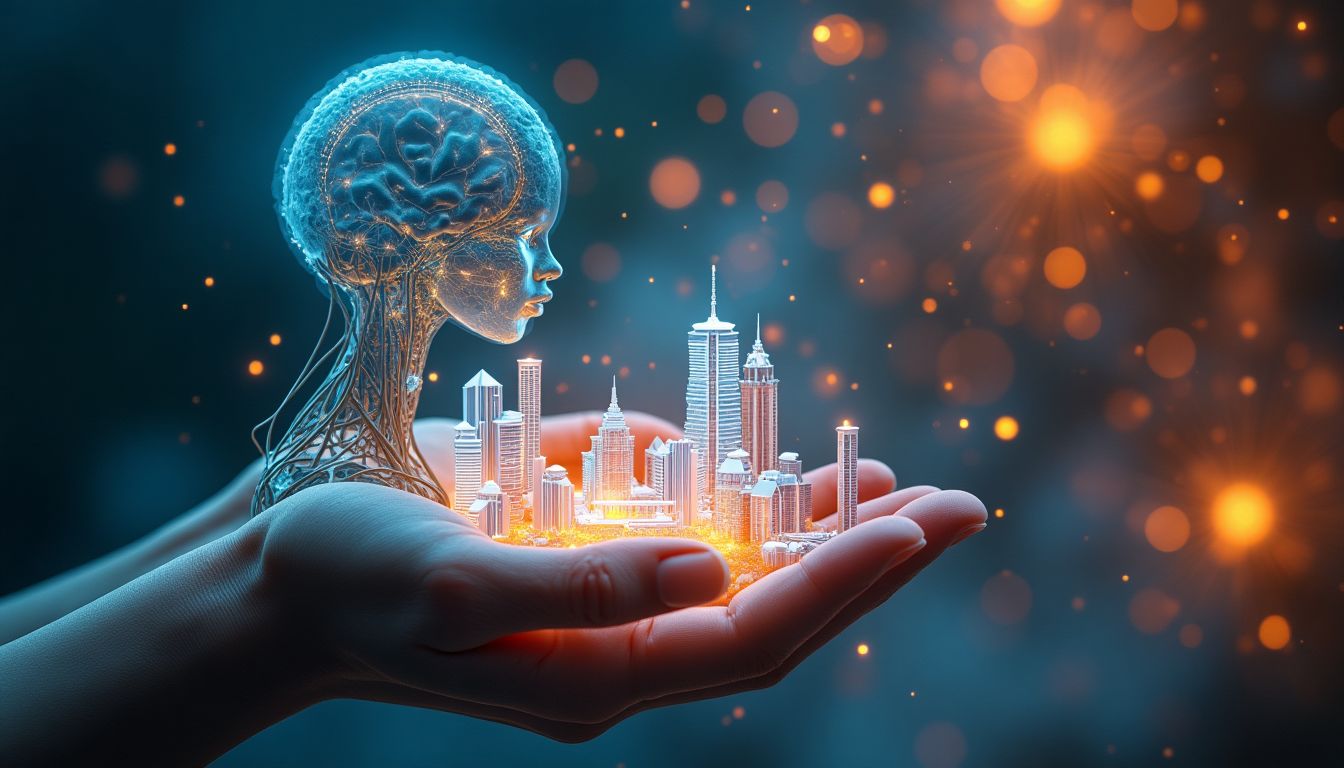

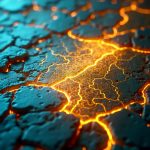






















1 comment